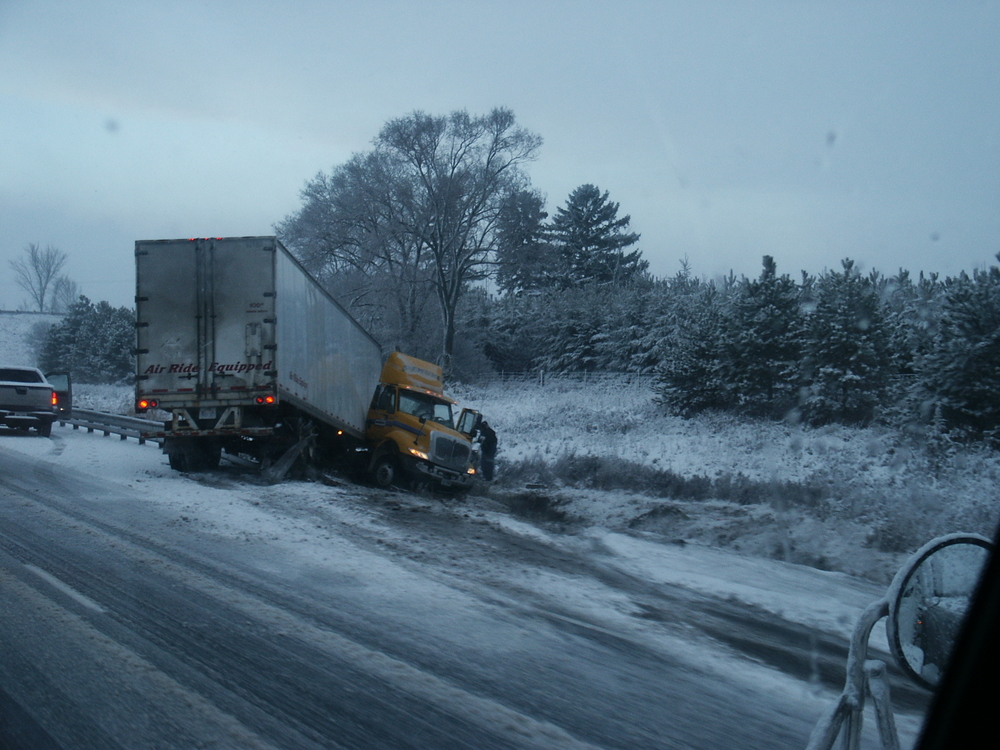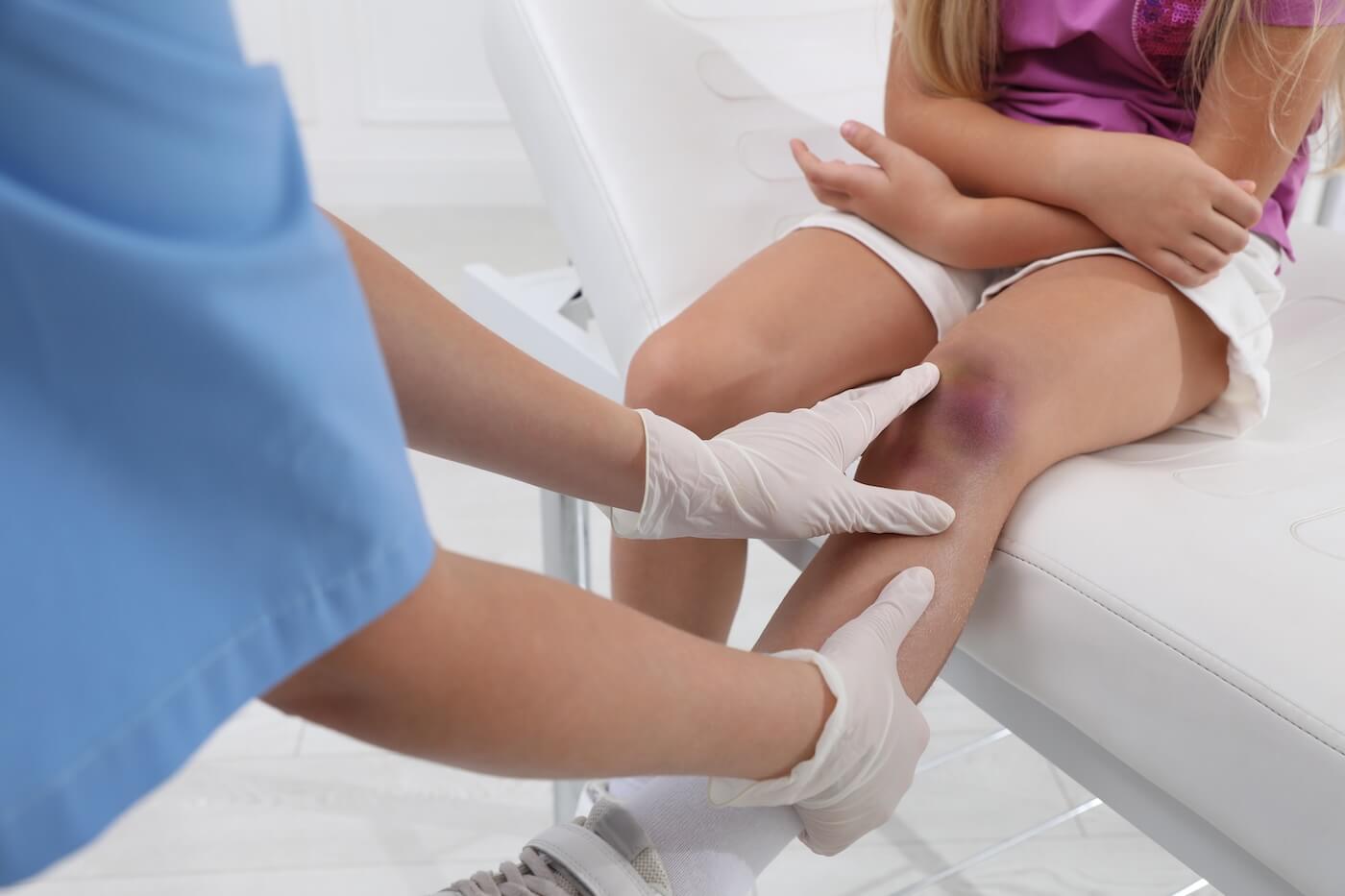Motorcycle Accident Stats in Colorado: What Riders Should Know

Written by Matthew Weidinger

Motorcycle accidents in Colorado remain a significant safety concern for riders. Understanding the latest statistics helps highlight the frequency and causes of crashes, which is crucial for anyone who rides or shares the road with motorcycles.
Colorado experiences hundreds of motorcycle accidents each year, with a majority involving collisions with other vehicles and a high rate of injuries. These figures emphasize the importance of awareness and caution while riding. Reliable data can guide riders in adopting safer practices and better preparing for risks on Colorado roads.
Key Motorcycle Accident Statistics in Colorado
Frequency and Trends
Colorado records over 2,000 motorcycle crashes annually, with roughly 15% resulting in serious injuries or fatalities. The number of accidents tends to rise during warmer months, particularly from May to September.
From 2020 to 2024, motorcycle crashes increased by about 8%, contrary to a slight decline in overall traffic accidents. This rise correlates with more riders on the road and increased tourism in mountainous areas during peak seasons.
Fatalities represent about 12% of motorcycle crashes, a higher rate than other vehicle types. The state emphasizes helmet laws and rider education to curb this trend.
Common Causes of Motorcycle Accidents
The leading causes of motorcycle accidents in Colorado include:
- Driver inattention or distraction: Nearly 40% of crashes involve other drivers failing to see motorcycles.
- Speeding: Excessive speed contributes to 30% of crashes, often resulting in loss of control.
- Failure to yield: About 25% of accidents occur at intersections where drivers or riders neglect right-of-way rules.
- Road conditions: Gravel, potholes, and wet roads increase the risk of accidents, especially in rural or mountainous areas.
Alcohol impairment is involved in 20% of fatal motorcycle crashes. Weather factors like rain and snow also elevate risk, but less frequently than driver behavior.
Accident Hotspots Across the State
Accident hotspots are mainly concentrated in urban areas like Denver, Colorado Springs, and Boulder due to high traffic density. I-25 and US Highway 285 see a high volume of motorcycle crashes, partly from speed-related incidents.
Mountain passes such as Trail Ridge Road and Independence Pass are notable for accidents involving sharp curves and variable weather. These locations pose risks especially for less experienced riders.
Rural roads in northeastern Colorado have fewer accidents but higher fatality rates, linked to higher speeds and delayed emergency response times. These patterns guide law enforcement and safety campaigns statewide.
Environmental and Road Factors Impacting Accident Rates
Weather-Related Incidents
Colorado’s varied climate presents challenges for motorcycle riders. Rain, snow, and ice reduce traction and increase stopping distances, leading to higher accident rates in wet or icy conditions. Sudden weather changes, such as afternoon thunderstorms, can catch riders off guard.
Visibility is another critical factor. Fog, snowstorms, and heavy rain impair rider vision and make it difficult for drivers of other vehicles to see motorcyclists. Cold temperatures also affect rider performance and bike handling, especially on mountain roads.
Motorcyclists should remain cautious during fall and winter months when weather hazards are more frequent. Slippery surfaces and poor visibility are linked to a significant percentage of accidents in these seasons.
Impact of Road Conditions
Poor road maintenance plays a major role in motorcycle accidents. Potholes, cracks, uneven pavement, and debris cause loss of control. Colorado’s mountainous terrain also presents sharp curves and steep grades that increase risk if not navigated carefully.
Loose gravel and sand on roads, particularly after winter snow melting, can reduce tire grip. Construction zones with altered traffic patterns and uneven surfaces further heighten danger. Motorcyclists need to be alert for surface irregularities and changes in pavement quality. Proper road infrastructure maintenance is critical to reduce accidents involving motorcycles in the state.
Legal Framework and Resources for Riders
Legal Processes After a Motorcycle Accident
After a motorcycle accident, Colorado law requires affected parties to stop immediately and provide aid if needed. Reporting the accident to law enforcement is mandatory when injuries or significant property damage occur. Riders must exchange contact and insurance details with others involved.
Filing an accident report within four days is required if the crash caused injury, death, or property damage exceeding $1,000. Retaining all documentation, like medical records, police reports, and repair bills, is critical for potential insurance claims or legal actions.
Time limits exist for submitting claims or lawsuits, typically two years under Colorado’s statute of limitations for personal injury cases. Meeting deadlines and following procedures impact the ability to seek compensation.
Responsibilities of Parties Involved
Each party must act responsibly after an accident. Riders should prioritize health and safety, securing medical help immediately if injured. They are also responsible for promptly notifying their insurance company about the incident.
Drivers involved must comply with state laws on reporting and cooperating with investigations. Avoiding admission of fault or making unsigned agreements at the scene is important to prevent legal confusion.
All parties should document the accident accurately. Taking photographs, gathering witness information, and maintaining records of expenses support the legal or insurance processes. These responsibilities ensure clarity and fairness in fault determination.

Support Provided by Smith & Weidinger PLLC
Smith & Weidinger PLLC offers targeted legal support tailored to motorcycle accident cases. Our team assists riders by handling insurance negotiations, filing claims, and pursuing compensation for injuries and damages.
We guide clients through complex legal procedures, ensuring deadlines are met and evidence is properly presented. Our firm also advises on riders’ rights and potential settlement options.
By leveraging our experience in Colorado traffic law and motorcycle accident claims, Smith & Weidinger PLLC aims to reduce the burden on injured riders, providing clear, effective representation in every step following an accident.
Preventative Strategies for Safer Riding
Proven Safety Measures
Wearing DOT-approved helmets is the most effective way to reduce head injuries. Protective clothing like armored jackets, gloves, and boots also lowers injury severity during crashes. Riders should ensure their motorcycles have functional brakes, lights, and tires. Regular maintenance checks prevent mechanical failures that can lead to accidents.
Using anti-lock braking systems (ABS) improves control during emergency stops. Studies show ABS reduces crash rates by nearly 30%. Training courses help riders improve skills such as cornering, braking, and hazard detection. Completion of certified safety programs correlates with fewer accidents.
Tips to Minimize Accident Risks
Riders should always remain visible by using bright clothing and keeping headlights on, even in daylight. Staying out of blind spots reduces the chance of collisions with other vehicles. Adjusting speed according to weather and traffic conditions is critical because motorcycles require longer stopping distances on wet or loose surfaces.
Maintaining a safe following distance allows more time to react to sudden changes. Avoiding distractions like mobile devices helps drivers keep their focus on the road. Riders must anticipate the actions of other drivers, especially at intersections and during lane changes. Defensive riding techniques are essential in Colorado’s varied traffic environments.
Note: The information provided in this blog post has been compiled from publicly available and secondary sources. While we strive for accuracy, some details may become outdated or contain inadvertent errors. If you believe any information is incorrect or requires updating, please contact Smith & Weidinger so that we may review and make the appropriate corrections.
Disclaimer: This blog post is for informational purposes only and is not intended as a solicitation for business. The photo used is not from the scene of the incident described. Viewing this content does not create an attorney-client relationship with Smith & Weidinger. If you have been injured in an accident, please seek immediate medical attention and then consult with a qualified attorney to discuss your legal rights and options.










